If you have an old stainless steel sink in your kitchen, it's important to know the best way to clean it to keep it looking shiny and new. Over time, stainless steel sinks can become dull and stained, but with the right cleaning methods, you can easily restore its appearance. Here are some tips on how to clean an old stainless steel sink and make it look as good as new.How to Clean an Old Stainless Steel Sink
The first step to cleaning an old stainless steel sink is to remove any debris and food particles from the surface. Use a sponge or cloth to wipe away any loose debris, and then rinse the sink with water. Next, create a cleaning solution by mixing equal parts of white vinegar and water in a spray bottle. Spray the solution all over the sink and let it sit for a few minutes.How to Clean a Stainless Steel Sink
After letting the vinegar and water solution sit for a few minutes, use a soft-bristled brush or sponge to scrub the sink. The acidity of the vinegar will help to break down any built-up grime and stains. For tough stains or stubborn areas, sprinkle some baking soda onto the sink and scrub with a cloth or brush.Best Way to Clean Stainless Steel Sink
Baking soda is a natural and non-abrasive cleaner that works wonders on stainless steel sinks. You can use it to remove stains, polish the sink, and deodorize any lingering odors. To clean your stainless steel sink with baking soda, sprinkle some onto the surface and use a damp sponge or cloth to scrub in a circular motion. Rinse with water and dry with a clean cloth.Cleaning Stainless Steel Sink with Baking Soda
If you prefer to make your own cleaning solution, you can easily create a DIY cleaner for your stainless steel sink. Mix together 1 cup of warm water, 1 tablespoon of dish soap, and 1 tablespoon of lemon juice in a spray bottle. Shake well and spray onto the sink, then use a sponge or cloth to scrub and rinse with water.DIY Stainless Steel Sink Cleaner
If your stainless steel sink has stubborn stains that won't come off with regular cleaning, there are a few methods you can try. One option is to use rubbing alcohol on a cloth to gently scrub the stains. Another option is to use hydrogen peroxide on a cloth or sponge to remove the stains.Removing Stains from Stainless Steel Sink
To keep your old stainless steel sink looking shiny and new, it's important to polish it regularly. You can use a commercial stainless steel polish, or make your own by mixing equal parts of olive oil and white vinegar in a spray bottle. Spray the solution onto the sink and use a soft cloth to polish in a circular motion. Then, wipe away any excess with a clean cloth.How to Polish a Stainless Steel Sink
If you prefer to use natural cleaning products, there are plenty of options for cleaning your old stainless steel sink. You can use lemon juice to remove stains and polish the sink, or create a paste with baking soda and water to scrub the surface. Another natural option is to use club soda to remove stains and bring back the shine to your sink.Natural Stainless Steel Sink Cleaner
To keep your old stainless steel sink looking its best, it's important to clean and maintain it regularly. Avoid using abrasive cleaners or steel wool on the sink, as this can scratch the surface. Also, be sure to rinse the sink thoroughly after each use and dry it with a clean cloth to prevent water spots and mineral buildup.Cleaning and Maintaining a Stainless Steel Sink
If your old stainless steel sink is in need of a deep clean, you can try using a mixture of borax and lemon juice. Mix the two ingredients together to form a paste, and then use a cloth or sponge to scrub the sink. Let the paste sit for a few minutes before rinsing with water and drying with a clean cloth. With these tips and tricks, you can easily clean and maintain your old stainless steel sink and keep it looking shiny and new for years to come. Remember to always test any cleaning solution on a small, inconspicuous area of the sink before using it on the entire surface. By following these cleaning methods, you can enjoy a sparkling clean and stain-free stainless steel sink in your kitchen.Deep Cleaning a Stainless Steel Sink
Cleaning Older Stainless Kitchen Sink: Tips and Tricks

Why Clean Your Older Stainless Kitchen Sink?
 When it comes to house design, the kitchen is often considered the heart of the home. It's where we gather with family and friends, and where we prepare meals that nourish and sustain us. But with all the cooking, cleaning, and everyday use, our kitchen sinks can quickly become dirty and grimy. This is especially true for older stainless steel sinks, which may have accumulated years of stains, scratches, and mineral build-up. Not only does a clean sink make your kitchen look more inviting, but it also helps maintain the hygiene and sanitation of your food preparation area. Here are some tips and tricks for cleaning your older stainless kitchen sink to keep it looking shiny and new.
When it comes to house design, the kitchen is often considered the heart of the home. It's where we gather with family and friends, and where we prepare meals that nourish and sustain us. But with all the cooking, cleaning, and everyday use, our kitchen sinks can quickly become dirty and grimy. This is especially true for older stainless steel sinks, which may have accumulated years of stains, scratches, and mineral build-up. Not only does a clean sink make your kitchen look more inviting, but it also helps maintain the hygiene and sanitation of your food preparation area. Here are some tips and tricks for cleaning your older stainless kitchen sink to keep it looking shiny and new.
Start with a Deep Clean
 Before you can tackle the everyday dirt and grime, it's important to give your older stainless kitchen sink a deep clean. Begin by removing any debris, such as food scraps or utensils, from the sink. Then, mix a solution of hot water and
vinegar
in a spray bottle and generously spray it all over the sink. Let it sit for a few minutes to loosen any stubborn stains. Next, sprinkle
baking soda
all over the sink and use a
soft scrub brush
to gently scrub away any remaining dirt or stains. Rinse the sink thoroughly with hot water and wipe it dry with a clean cloth. This deep cleaning method is gentle yet effective in removing tough stains and disinfecting your sink.
Before you can tackle the everyday dirt and grime, it's important to give your older stainless kitchen sink a deep clean. Begin by removing any debris, such as food scraps or utensils, from the sink. Then, mix a solution of hot water and
vinegar
in a spray bottle and generously spray it all over the sink. Let it sit for a few minutes to loosen any stubborn stains. Next, sprinkle
baking soda
all over the sink and use a
soft scrub brush
to gently scrub away any remaining dirt or stains. Rinse the sink thoroughly with hot water and wipe it dry with a clean cloth. This deep cleaning method is gentle yet effective in removing tough stains and disinfecting your sink.
Prevent Mineral Build-Up
 One of the most common problems with older stainless steel sinks is the build-up of minerals, such as calcium and lime deposits. These can make your sink look dull and dirty, and can also affect the water flow. To prevent mineral build-up, make it a habit to wipe down your sink after each use with a
microfiber cloth
and hot water. This will help remove any residual soap or food particles that may contribute to the build-up. You can also use a mixture of
lemon juice
and
white vinegar
to dissolve and remove any stubborn mineral deposits. For more stubborn build-up, consider using a specialized
stainless steel cleaner
to restore the shine of your sink.
One of the most common problems with older stainless steel sinks is the build-up of minerals, such as calcium and lime deposits. These can make your sink look dull and dirty, and can also affect the water flow. To prevent mineral build-up, make it a habit to wipe down your sink after each use with a
microfiber cloth
and hot water. This will help remove any residual soap or food particles that may contribute to the build-up. You can also use a mixture of
lemon juice
and
white vinegar
to dissolve and remove any stubborn mineral deposits. For more stubborn build-up, consider using a specialized
stainless steel cleaner
to restore the shine of your sink.
Maintain Regular Cleaning
 To keep your older stainless kitchen sink looking its best, it's important to maintain regular cleaning habits. After each use, make sure to rinse the sink with hot water and wipe it dry with a clean cloth. This will help prevent water spots and keep your sink looking shiny. You can also use a mild dish soap and a soft sponge to clean the sink, but avoid using abrasive cleaners or scrubbing pads as they can scratch the surface of your sink. Additionally, try to avoid leaving wet sponges or cleaning products on the sink for an extended period of time, as this can also lead to staining and discoloration.
To keep your older stainless kitchen sink looking its best, it's important to maintain regular cleaning habits. After each use, make sure to rinse the sink with hot water and wipe it dry with a clean cloth. This will help prevent water spots and keep your sink looking shiny. You can also use a mild dish soap and a soft sponge to clean the sink, but avoid using abrasive cleaners or scrubbing pads as they can scratch the surface of your sink. Additionally, try to avoid leaving wet sponges or cleaning products on the sink for an extended period of time, as this can also lead to staining and discoloration.
In Conclusion
 Cleaning your older stainless kitchen sink doesn't have to be a daunting task. With these tips and tricks, you can easily maintain the cleanliness and shine of your sink while also promoting a hygienic kitchen environment. Remember to deep clean regularly, prevent mineral build-up, and maintain regular cleaning habits to keep your sink looking like new for years to come. Happy cleaning!
Cleaning your older stainless kitchen sink doesn't have to be a daunting task. With these tips and tricks, you can easily maintain the cleanliness and shine of your sink while also promoting a hygienic kitchen environment. Remember to deep clean regularly, prevent mineral build-up, and maintain regular cleaning habits to keep your sink looking like new for years to come. Happy cleaning!



:max_bytes(150000):strip_icc()/how-to-clean-a-stainless-steel-sink-5093605-03-11ec4355990742cf834cada8ad1bf87b.jpg)




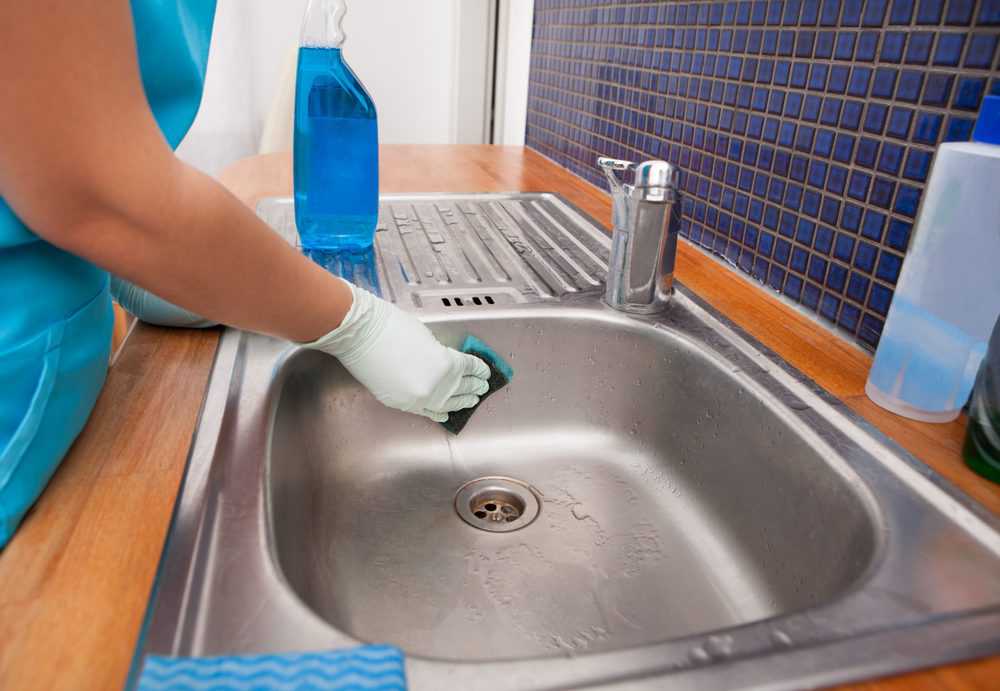













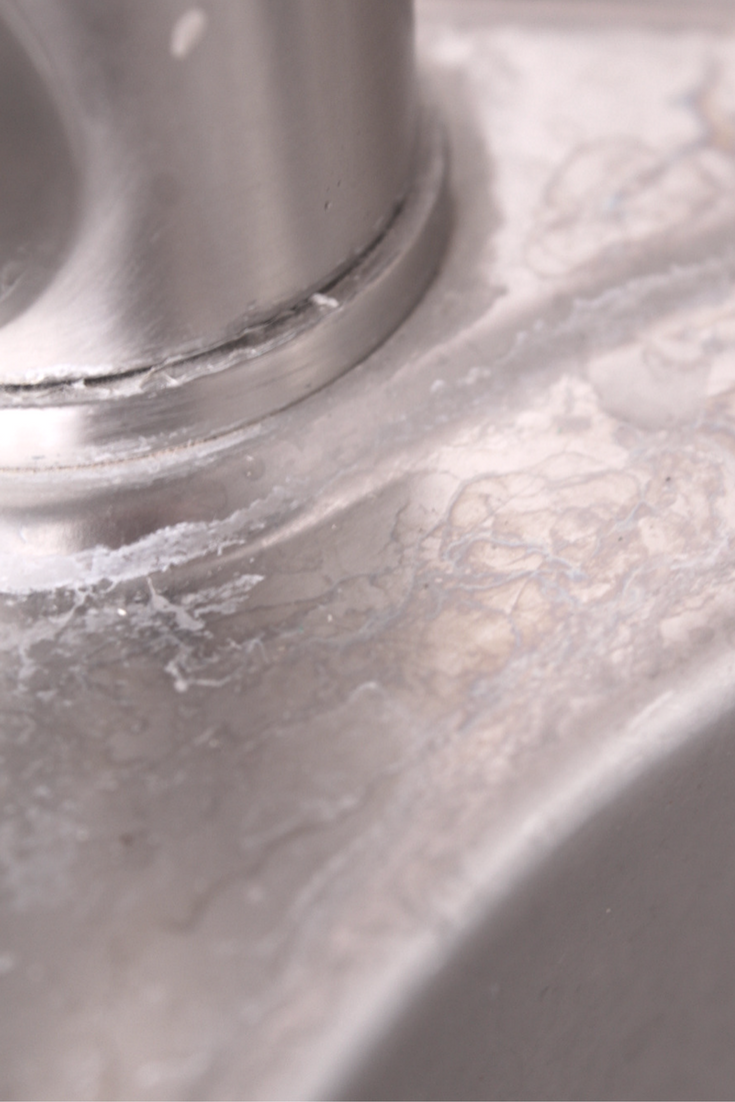









:max_bytes(150000):strip_icc()/GettyImages-1598442255-f80a3153064a4bce9a18f25466f8d3ec.jpg)













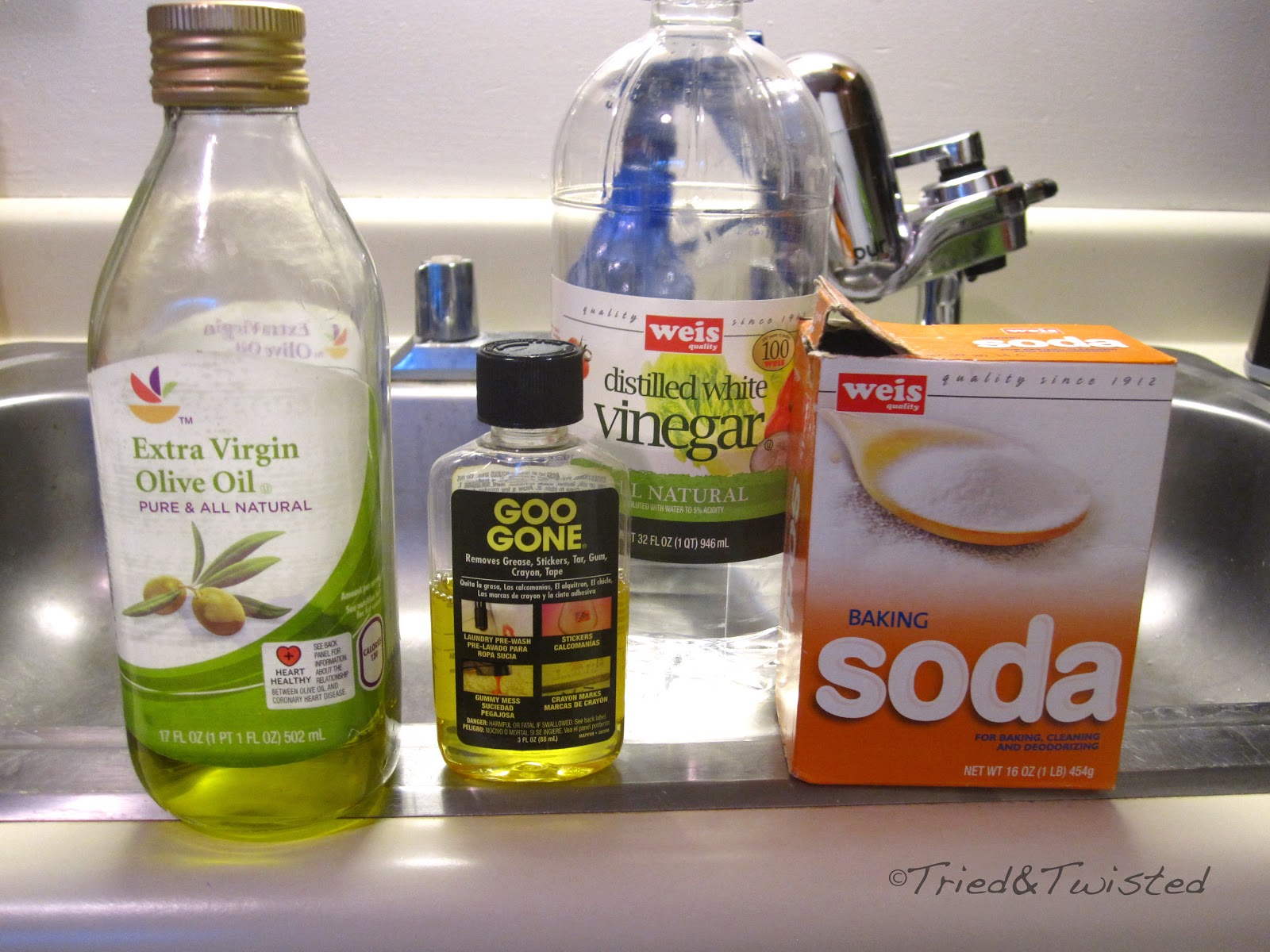







:max_bytes(150000):strip_icc()/remove-brown-stains-from-stainless-steel-1900549_FINAL-5c4761c946e0fb0001d54367.png)



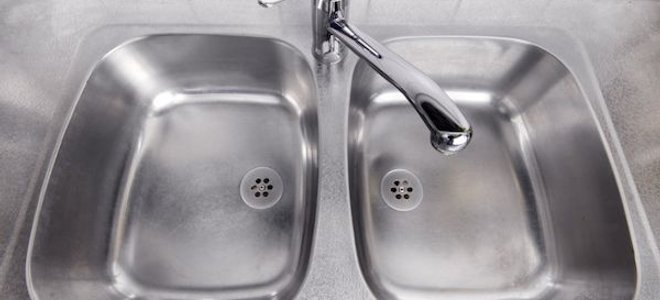






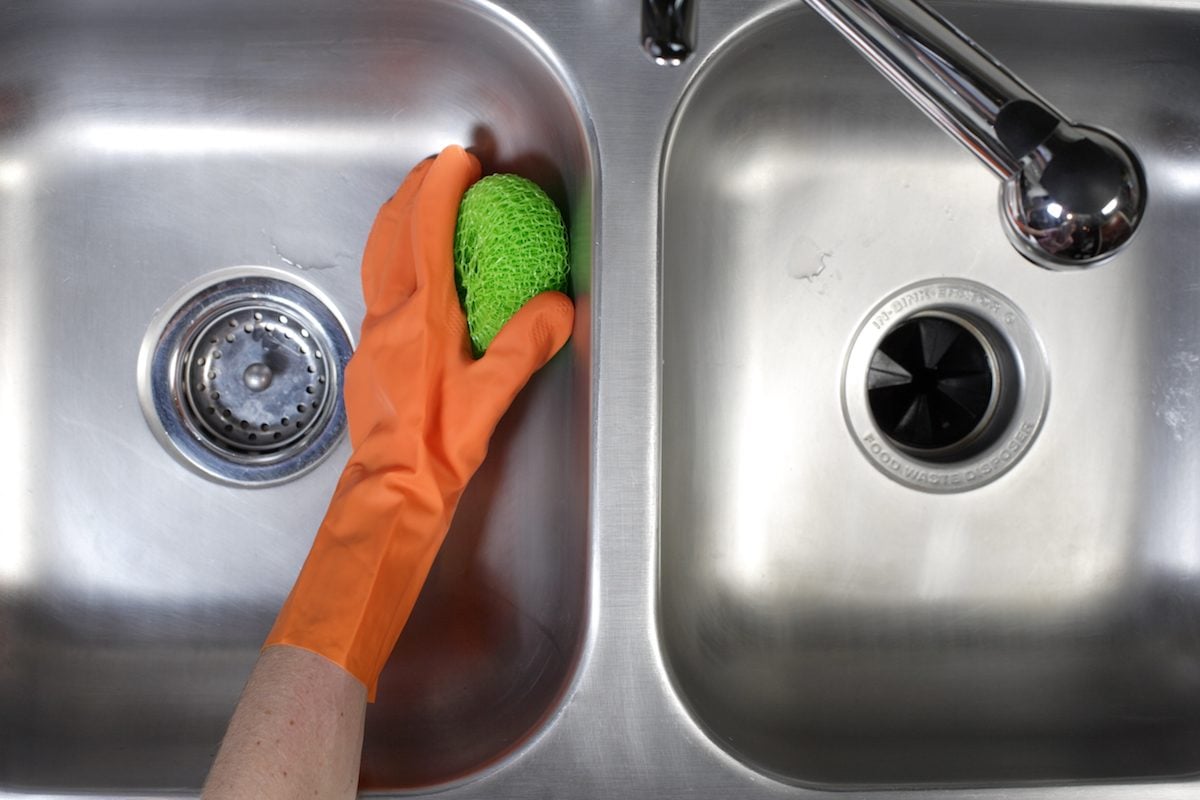



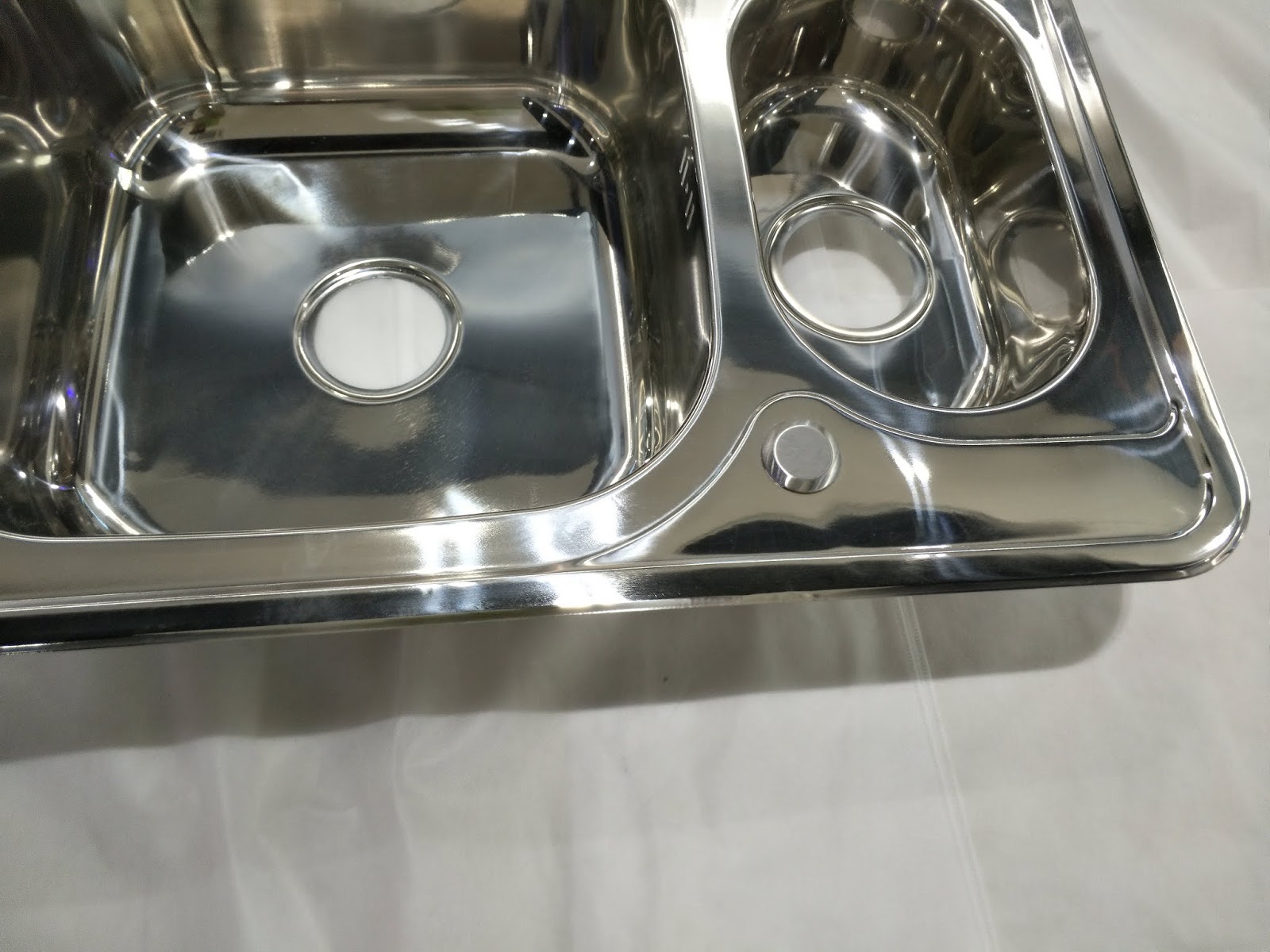
















.jpg?v=e9383859&mode=h)
















